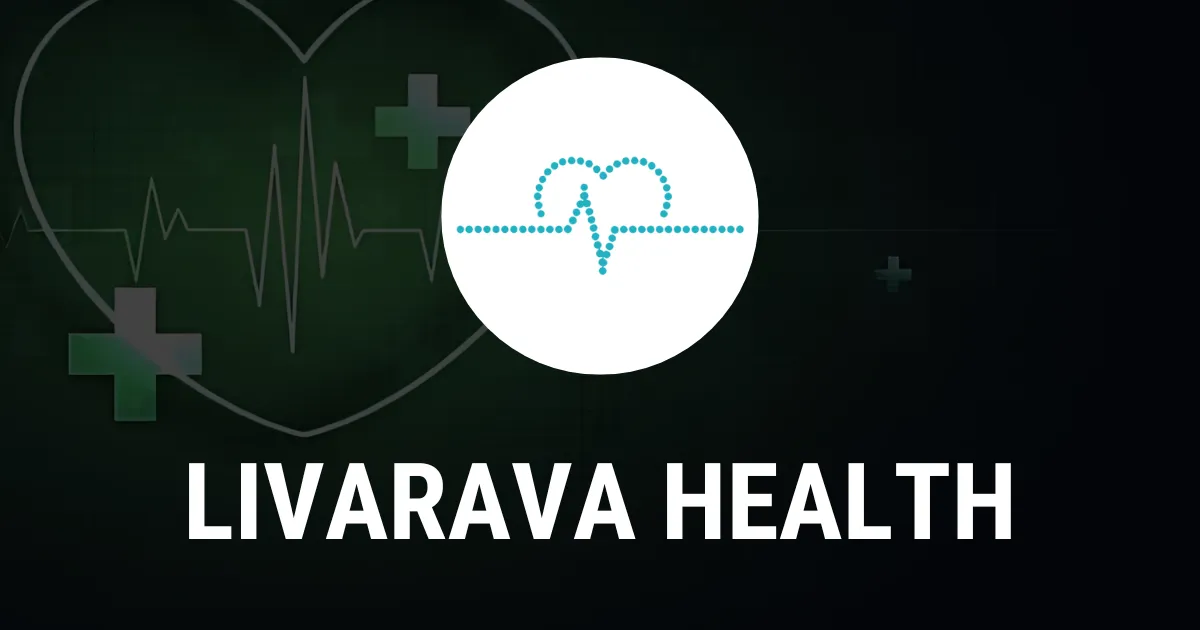Understanding Sudden Infant Death Syndrome Through New Biomarkers

Exploring New Biomarkers for SIDS
Sudden infant death syndrome (SIDS), often referred to as crib death, affects numerous families every year. Recent findings from researchers at UC San Francisco suggest that new biomarkers could play an essential role in identifying infants at higher risk for SIDS. This advancement represents a significant breakthrough in understanding the underlying factors associated with this devastating phenomenon.
The Importance of Early Detection
Through this groundbreaking research, scientists aim to develop methods that would allow for early detection of potential risk factors. Understanding these risk factors could lead to targeted interventions that significantly decrease the prevalence of SIDS cases.
Implications for Parents
- Increased awareness of SIDS risk through biomarkers.
- Potential for improved safety recommendations for infants.
- Greater peace of mind for parents with high-risk infants.
In summary, the ongoing research holds immense promise for changing the landscape of SIDS prevention. As we move towards implementing these findings, parents can be hopeful for tools that support their baby's safety.
Disclaimer: The information provided on this site is for informational purposes only and is not intended as medical advice. We are not responsible for any actions taken based on the content of this site. Always consult a qualified healthcare provider for medical advice, diagnosis, and treatment. We source our news from reputable sources and provide links to the original articles. We do not endorse or assume responsibility for the accuracy of the information contained in external sources.
This article was prepared using information from open sources in accordance with the principles of Ethical Policy. The editorial team is not responsible for absolute accuracy, as it relies on data from the sources referenced.